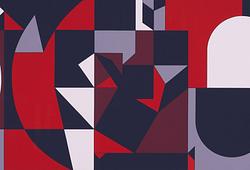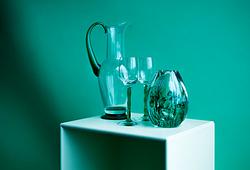Gustaf Fjaestad (1868-1948)
Gustaf Fjaestad was a Swedish artist, born in 1868 in Stockholm. He was primarily renowned for his depictions of the Nordic winter landscape and was hailed as the "master of rimfrost" for his ability to bring life to the barren nature.
Fjaestad commenced his artistic journey with studies at the Royal Academy of Fine Arts from 1891 to 1892, continuing for a while at the Artists' Association School. Gustaf Fjaestad, in many ways, nurtured the artistic progress of his contemporaries. Bruno Liljefors, who was a prominent contemporary, became Fjaestad's foremost mentor in the 1890s. They met one day in Uppsala and became close friends. In 1893, Liljefors hired him as an assistant in the creation of the landscape panorama at the Biologiska Museet in Stockholm. Three years later, another prominent contemporary, Carl Larsson, sought his assistance for the mural work in the National Museum's stairwell. Thus, Fjaestad was involved in two of the biggest art projects of the 1890s. Eventually, Fjaestad gained significant attention for his own works. He became a prominent interpreter of the Swedish winter landscape, often portraying sparkling ice crystals and trickling water at the ice edge, sometimes illuminated by the setting sun or in shades of gray, purple, and white. Fjaestad also designed patterns for woven tapestries, furniture, and wrought iron. His most famous furniture group is housed at the Thiel Gallery in Stockholm.
Gustaf Fjaestad's works are represented in the country's most prominent museums such as the National Museum, and internationally in Vienna and Chicago.








































